The most valuable features are its fast performance and that it runs on a native ONTAP operating system, which is the coolest thing.
If you are looking for high-performance, reliable, multi-tenancy supporting equipment, then this is a very valid, legitimate solution with a proven background and history.
If you have a system administrator doing workflow that you have defined, then it is not going to save you time or money. If you have some kind of automated system, even though you haven't paid for those services, then it is going to make a lot of difference. It will save time because this is a high-end, high performance solution.
See my comments regarding technical support.
The tool is stable. Over the past several years, ONTAP has proven to be very stable OS solution. People may have experienced latency issues, but my workflow and workload is significantly small, so latency happens on the fly and it is easy to fix quickly.
Based on what I've heard, this tool is highly scalable. Even though I am using it in our relatively small environment, the tool is highly scalable. Any medium to large size company can afford it and it will be a good fit.
We do have premium support or regular support, whatever they call it. Every time we have an issue, we call technical support, and they get online right away. I have found them very helpful. The NetApp technical teams are pretty excellent in offering services.
SolidFire is in the same boat as NetApp in terms of supporting this product. It is a fairly new technology for them as well. Comparatively, the level of support for this solution takes a little longer, but it’s all relative. It takes little longer to get support for this tool than it takes for any other FAS system.
I was partially involved in the setup. It followed the same setup process for any other FAS system. It is pretty slick. The setup is pretty decent.
I know it uses the same OS, so I don't see why it would be different than any other FAS system. It has a different flavor, but it is not completely different. It is not using an “out-of-the-blue” OS.
This is proven technology. You cannot question its reliability and its high scalability. It is a very solid solution. If you are looking for high performance storage gear, it is definitely a very strong solution.
We have been a long-time consumer of NetApp solutions. The reliability with NetApp is very valuable to us. We don’t want to put that at stake by trying another solution.
I currently use several other NetApp systems, such as cDOT. We are pretty much a NetApp house.
We are also using a number of systems in parallel with this tool. We have a EMC VNX unified converged solution, IBM DS, and IBM Storwize V7000.
If I were a decision maker, I wouldn't go with only one solution. I prefer to diversify. That gives me more flexibility to keep vendors competitive and then they can offer me more. I don’t want to get locked into only one solution provider. I prefer to work with multiple vendors so I have more flexibility with price.



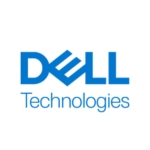
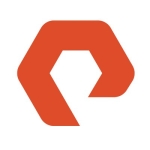

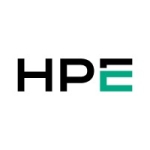
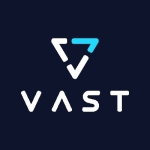
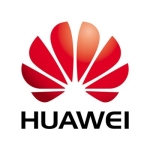



Hi, I'm a NetApp trainer and I'm just wondering about your comment:
"They haven't added all the features in that they have from everything else because they're still kind of new to the all flash game. They haven't added all the features in that you can get on a spinning disk system. It's getting there, but it's taking time."
What exactly are you missing? From my perspective, the AFF systems actually have capabilities switched on by default, that are not available/default on spinning disk systems, e.g. inline dedupe/compression. The one thing that wasn't available on AFF/Flash was SnapLock, but that changed with ONTAP 9.1 (NetApp didn't expect people to put archives on flash, so it wasn't certified before 9.1. I personally had some students asking for it, because of the 15.5TB SSDs and they were happy to hear it's supported now.)
I'm not aware of anything else and would be interested in hearing what you are missing...
Sebastian